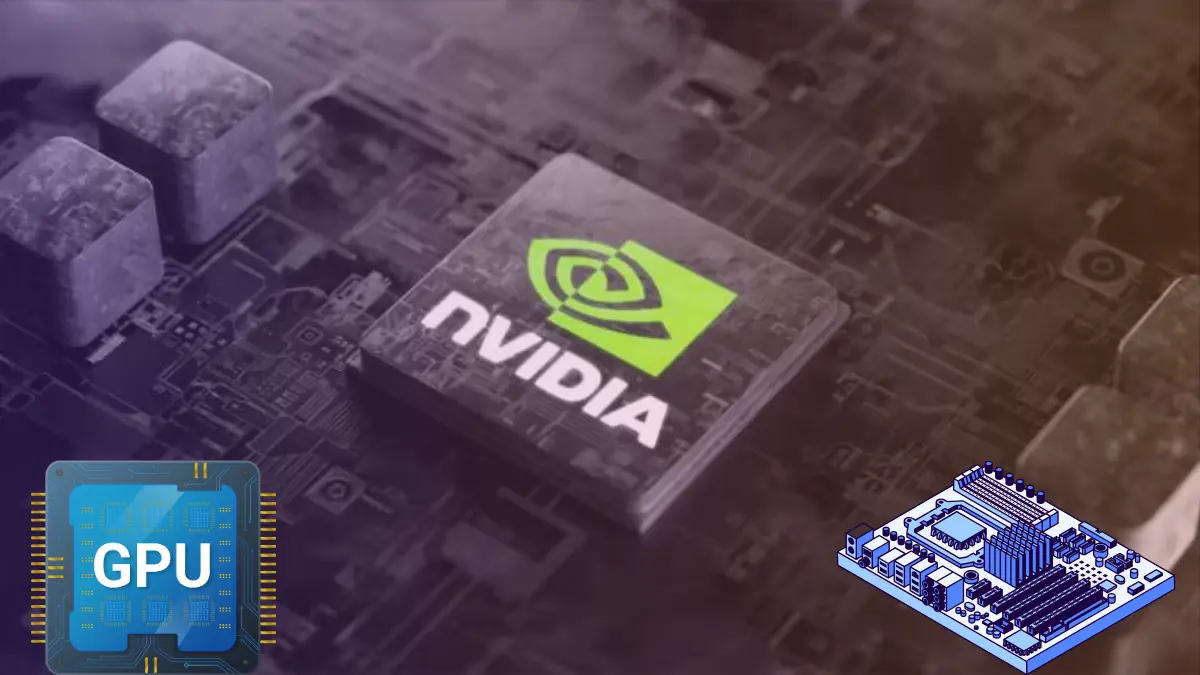
Today’s technology news has brought attention to a recurring issue in the semiconductor industry: the resale of Nvidia’s high-demand chips, particularly the H100. This phenomenon is not just about scalpers looking to make a profit; it reflects deeper, more systemic problems in the semiconductor market. Let’s explore what’s happening with Nvidia’s chips, why they’re being resold, and what this means for the industry as a whole.
Understanding the Demand for Nvidia’s Chips
Nvidia has been at the forefront of the graphics processing unit (GPU) market for years, but its role has expanded well beyond gaming. The company’s chips are now crucial for various applications, from artificial intelligence (AI) and machine learning to data centers and autonomous vehicles. The Nvidia H100, for example, is not just another GPU; it’s a powerful piece of technology designed for high-performance computing and advanced AI tasks.
With such versatility, it’s no wonder that Nvidia’s chips are in high demand. However, this demand has created a situation where availability can’t keep pace. The result? A thriving resale market where prices are significantly marked up, making it difficult for consumers and companies to access these essential components at reasonable costs.
The Semiconductor Supply Chain: A Closer Look
The resale of Nvidia chips underscores a more significant issue in the semiconductor supply chain. Over the past few years, the industry has faced multiple challenges, from factory shutdowns due to the pandemic to geopolitical tensions affecting production and distribution. Even as these disruptions have started to ease, the ripple effects continue to impact the market.
Inventory levels remain a crucial concern. Despite an increase in production capacity, the balance between supply and demand has not yet stabilized. When companies like Nvidia release high-demand products, the market is often unprepared to handle the surge, leading to shortages and, inevitably, a secondary market where chips are sold at inflated prices.
Why Resale Markets Thrive: A Perfect Storm
Resale markets for Nvidia chips thrive for several reasons. First, there’s the basic economic principle of supply and demand. When products are scarce, and the demand is high, prices naturally increase. This is what’s happening with Nvidia’s H100 chips. As companies and individuals scramble to get their hands on the latest technology, they’re often willing to pay a premium.
Additionally, the semiconductor industry is notorious for its lead times. When manufacturers place orders for components, it can take months for those orders to be fulfilled. This delay creates a window of opportunity for resellers who can acquire products quickly and sell them at higher prices, exploiting the urgency of buyers who cannot afford to wait.
Another factor contributing to the resale market is speculation. Much like in financial markets, some buyers purchase Nvidia chips not to use them but to resell them later at a higher price. This practice exacerbates shortages and drives prices up even further, creating a vicious cycle that is hard to break.
The Impact on Businesses and Consumers
The ripple effects of the resale market and semiconductor shortages are far-reaching. For businesses, especially those reliant on Nvidia chips for their operations, the inflated prices can be a significant blow to budgets. Small to medium-sized enterprises (SMEs) may find it particularly challenging to compete with larger companies that have more substantial resources to secure these in-demand components.
Consumers, too, feel the impact. Gamers, developers, and tech enthusiasts often find themselves priced out of the market, unable to afford the hardware they need for their projects. The frustration is palpable, as many turn to social media to vent their dissatisfaction with both the companies and the resellers profiting from the situation.
What’s Being Done to Address the Issue?
While the resale of Nvidia chips is a symptom of a broader problem, efforts are being made to address the root causes. Nvidia and other semiconductor manufacturers are ramping up production and exploring partnerships to increase capacity. Governments, too, are stepping in, recognizing the strategic importance of semiconductors and investing in domestic production to reduce reliance on foreign sources.
In the meantime, companies are also exploring alternative solutions. For example, Nvidia has introduced measures to limit the resale of its products by requiring registration for high-demand chips. While these steps won’t solve the problem overnight, they’re a move in the right direction.
Conclusion: A Market in Transition
The resale issues surrounding Nvidia’s chips like the H100 highlight a market in transition. The semiconductor industry is at a crossroads, grappling with the aftereffects of a global pandemic, geopolitical tensions, and a rapid technological evolution that has outpaced supply chains.
As the industry works to stabilize, consumers and businesses will continue to navigate a landscape marked by shortages and inflated prices. However, with ongoing efforts to increase production, diversify supply chains, and implement policies to curb speculative buying, there is hope that the situation will improve.
For now, the story of Nvidia’s chips is a stark reminder of the challenges and complexities facing the semiconductor market—a market that is as vital as it is volatile, influencing countless aspects of modern life. As we look to the future, the lessons learned from today’s supply issues will hopefully pave the way for a more resilient and balanced industry.









